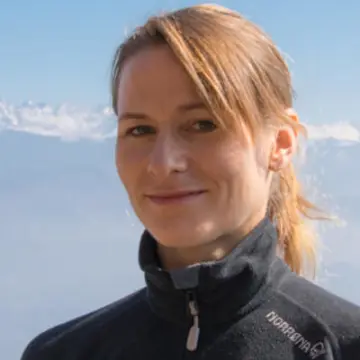THIS CONTENT IS BROUGHT TO YOU BY the University of Bergen - read more
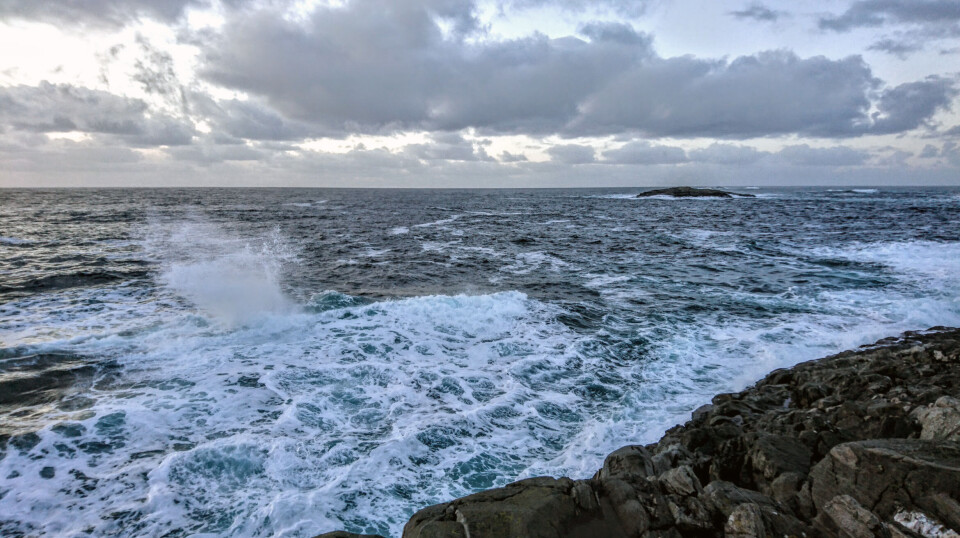
Autumn arrives later underwater than before
Withered algae sink through the water, covering the seafloor with a layer of decay. The surface cools. It’s autumn in the ocean, and some fish begin their journey south.
Summers have become longer, winters shorter.
The sea is also warmer. When one hears that mackerel have reached Svalbard, one might think that all life would shift northward, that all fishermen need to do is follow.
But life is more than temperature.
“We can't move the light,” says Mari Myksvoll.
The oceanographer from the Norwegian Institute of Marine Research and the Bjerknes Centre for Climate Research led a study on future primary production.
Primary production involves algae and other phytoplankton at the bottom of the food chain. These microscopic plants are eaten by zooplankton, which is eaten by capelin, which is eaten by cod, which ends up on dinner plates – unless something in the chain has already become food for auks, seals, or starfish.
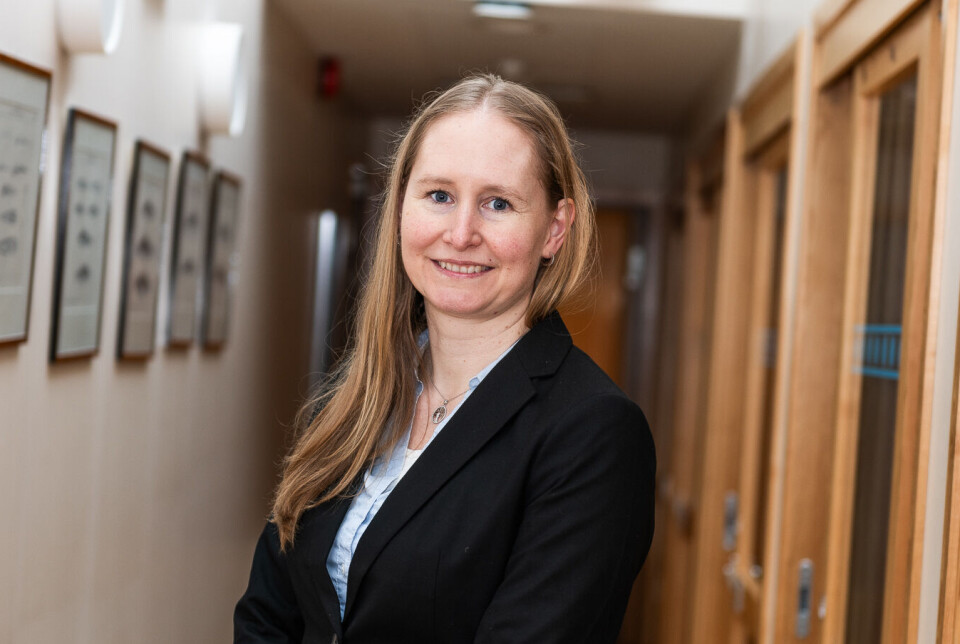
Fish need light at the right time
Like all other plants, phytoplankton need light to grow.
Light follows neither ocean currents nor water temperature; it follows the sun's path. In northern regions, plankton bloom in spring, regardless of where the fish might be.
Algae and fish may not necessarily find new habitats if climate change makes their old regions too warm.
“Everything must match in time. If the algae bloom at the wrong time, the fish may not spawn simultaneously. Then the fish larvae will not get food when they need it ,” says Myksvoll.
More food where the ice disappears
Areas that are covered with ice during the growth season may become livelier in an ice-free future.
Mari Myksvoll and her colleagues used a climate model to study the living conditions of phytoplankton in the Barents Sea and the Nordic Seas until the end of the century.
Examining these plants at the bottom of the food chain is a necessary first step.
“To be able to predict future fisheries, we need to know how much food will be available for the fish,” she says.
Their results show that areas currently fully or partially ice-covered will get more phytoplankton. Without ice, sunlight penetrates deeper into the water, giving plants more space to grow.
Uncertainty in ice-free areas
What will happen in areas already ice-free is harder to predict. Not everything can be explained by sunlight and temperature. Whether the water column is unstable or stable determines if nutrients remain in the deep ocean or mix upwards, where plants can make use of them.
“Changes in Norwegian waters may not be that substantial,” says Myksvoll, pointing to an important exception.
The spring bloom in Norwegian fjords is as intense as buds bursting on land.
From one May day to the next, the sea can go from translucent to opaque turquoise. Light has replaced the darkness of winter, and when nutrients suddenly flow up from the depths, Emiliana huxleyi and other algae reproduce explosively.
In regions with such spring blooms, model simulations suggest that the growth conditions for algae will improve even further in the coming decades.
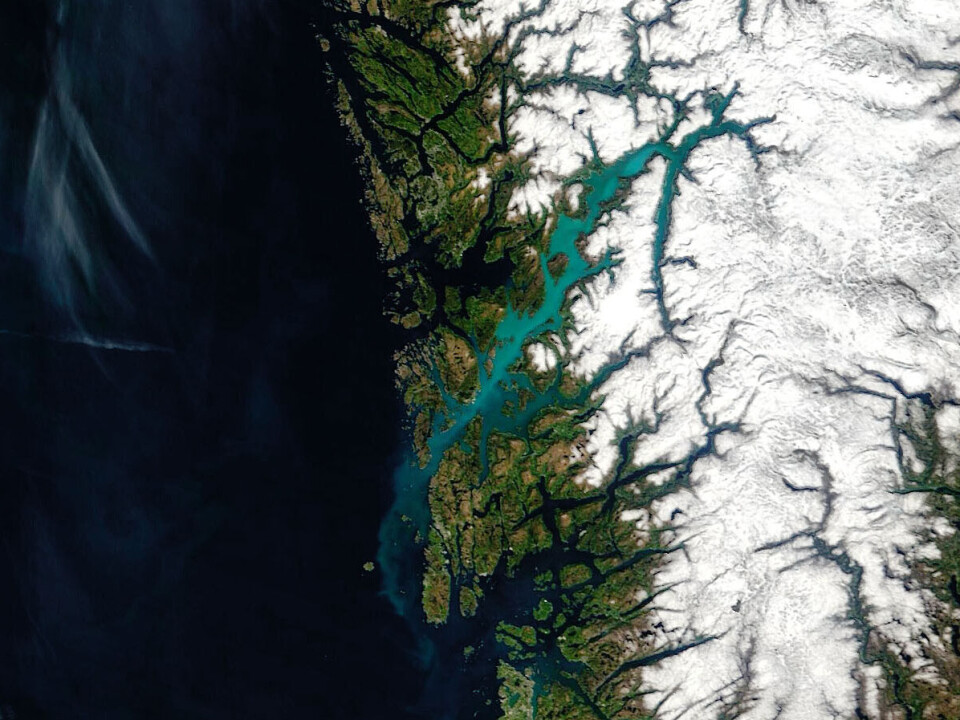
Oceans of deserts
Half of the oxygen in the atmosphere comes from plants in the ocean. Still, the vast oceans are as barren as deserts. 20 per cent of the global ocean accounts for 80 per cent of the fish we catch.
One reason Norway has such rich fish resources is that algae bloom in the right place at the right time.
Herring and mackerel swim through the Norwegian Sea, while cod and haddock feed on shrimp and small fish at the bottom of the Barents Sea. Food is available for hungry fish and fish larvae.
The really great oases are otherwise found in concentrated regions near land, like off the coast of Peru and the southwestern coast of Africa, where cold, nutrient-rich water wells up from the depths.
In such upwelling regions, conditions are good for phytoplankton – so good that there are not enough larger organisms to eat all the food. These are rich fishing areas, but if the production of phytoplankton should increase, the resulting growth would probably be limited to jellyfish.
Fish swim their own seas
It's November. Mackerel swimming south meet fish heading north, as not all species are like simple migratory birds. Fish find their own routes.
What the future will bring at higher levels of the food chain – for those who eat those who eat phytoplankton – is complicated to predict, both in areas with and without sea ice.
“Finding out what will happen to future fisheries requires very detailed climate models,” says Myksvoll.
The world's total fish resources depend on developments off the coast of each continent. One needs to understand how nutrients mix and distribute in areas where the sun always shines and where there is darkness for half of the year.
The autumn colour of the ocean is black. Soon, winter storms will churn the water so that plankton would struggle to grow even with light and warmer water. But beneath the surface, dead organisms and algae hit the seafloor, breaking down into nutrients for new life.
The ocean will soon be ready for a new spring.
Reference:
Myksvoll et al. Key physical processes and their model representation for projecting climate impacts on subarctic Atlantic net primary production: A synthesis, Progress in Oceanography, 2023. DOI: 10.1016/j.pocean.2023.103084
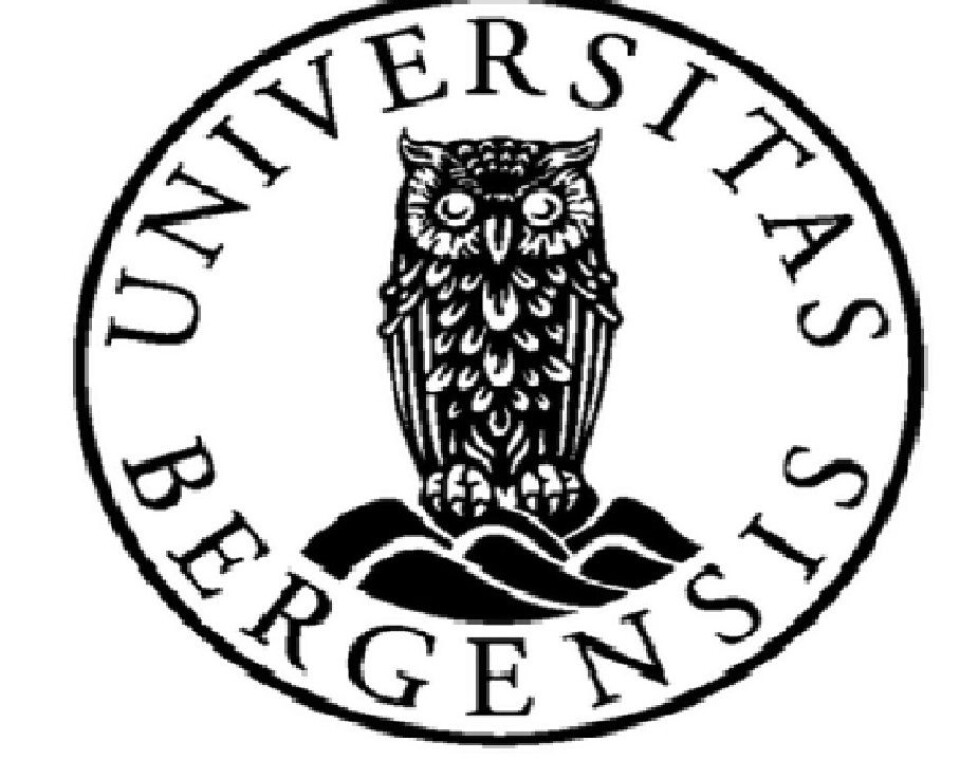
This content is paid for and presented by the University of Bergen
This content is created by the University of Bergen's communication staff, who use this platform to communicate science and share results from research with the public. The University of Bergen is one of more than 80 owners of ScienceNorway.no. Read more here.
More content from the University of Bergen:
-
Researcher: Politicians fuel conflicts, but fail to quell them
-
The West influenced the Marshall Islands: "They ended up creating more inequality"
-
Banned gases reveal the age of water
-
Researchers discovered extreme hot springs under the Arctic
-
Tiny particles unlock vinegar’s hidden healing potential
-
“Why doesn't it rain more?” asks researcher







